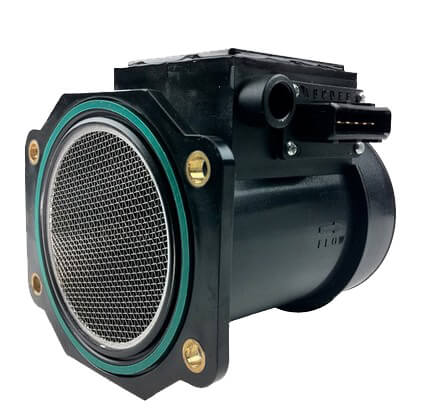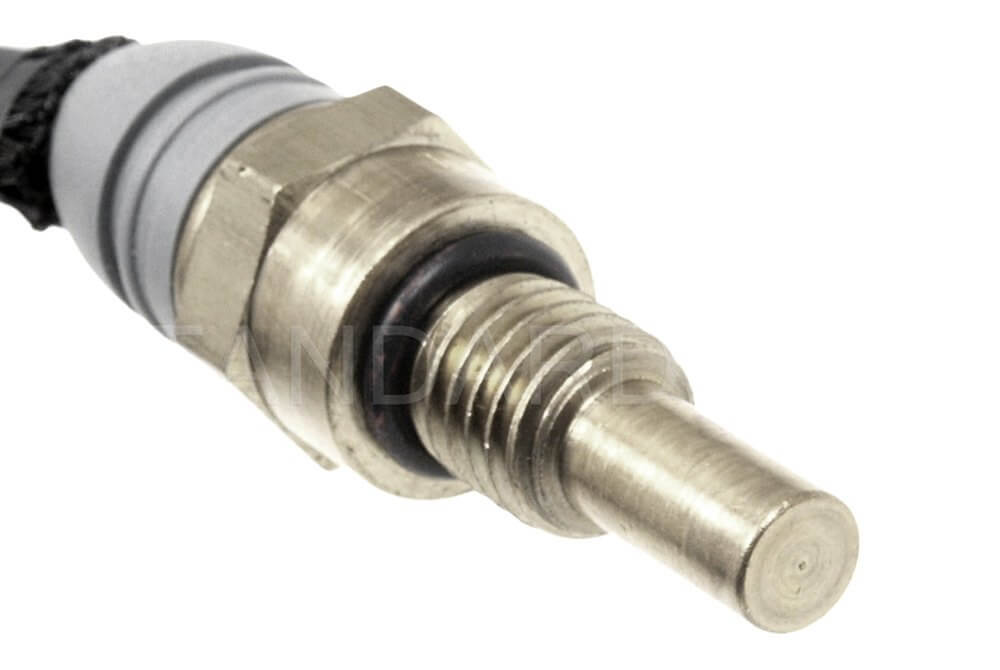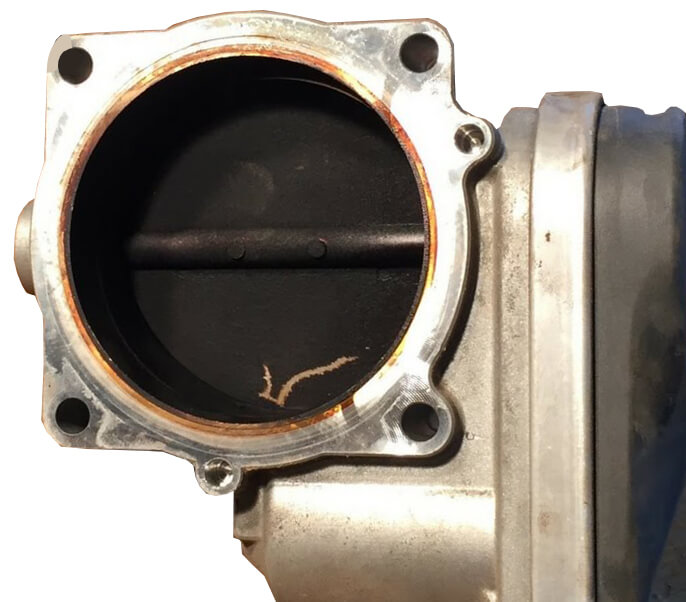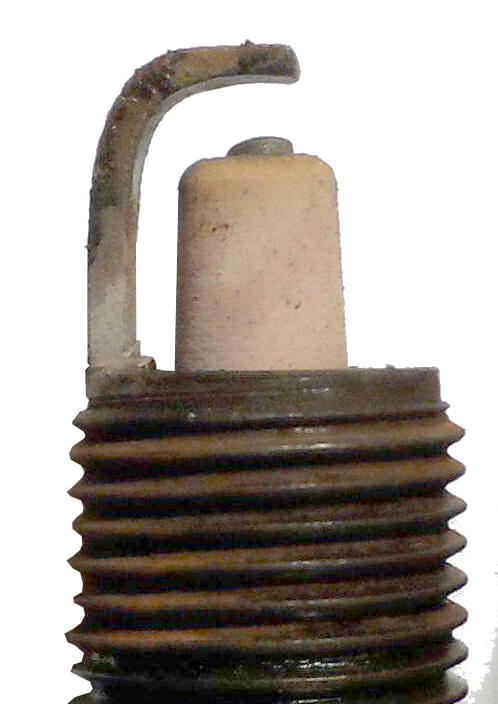Car struggles to start — The most common causes
Learn what to check if your car struggles to start
Before we start, let me explain what I mean when I use the phrase Car Struggles to Start. I’m talking about a situation where the battery is good and it’s cranking the car at normal speed like this:
CRANKS BUT WON’T START
Here’s what this sound is telling us: The battery is good. The engine is cranking at a normal speed that’s fast enough to start. So the problem is either a lack of fuel or a spark. If your engine doesn’t sound like this, skip down in the article and listen to the other sound clips for other possibilities.
CRANKS FOR A LONG TIME AND THE CAR STRUGGLES TO START
Here’s what this sound is telling us: The battery and ignition systems are good; the engine cranks and it fires up. So the starting problem is air/fuel-related
Your car struggles to start due to air/fuel-related issues — The most common causes
1) Bad fuel pump
2) Bad fuel pressure regulator
3) Clogged or leaking fuel injectors
4) Clogged, dirty, or faulty Mass Airflow Sensor
5) Bad engine coolant or air temperature sensor
6) Crankshaft sensor
Let’s Take a Deeper Dive on Fuel Pump and Injector Issues
Low Fuel Pressure or no fuel pressure — In-tank fuel pumps have a one-way check valve to keep fuel in the line and at the proper pressure between the tank and the engine. If the check valve fails, the fuel pressure will “leak down” and the fuel will drain back into the tank causing extended crank times and a no-start condition.
To test for a faulty check valve, try this:
1) Turn the key to the RUN position for 3 seconds, but don’t start the engine.
2) Turn the key to OFF.
3) Repeat this three times.
4) Try to start the engine
This procedure causes the fuel pump to run and prime the fuel rail for 2 seconds each time you turn the key to RUN. By the third time, the fuel pump should have built up enough pressure for the engine to start. If it starts right up, get it to a shop and have them perform an overnight fuel leak-down test. For more information on fuel pumps, see this post
A high-pressure fuel pump failure won’t cause a no-start
If it’s a newer vehicle with gasoline direct injection, it can have two fuel pumps; one in the tank that pressurizes the fuel to about 50 psi and delivers it to the high-pressure fuel pump at the engine. The high-pressure pump raises the pressure to about 2,000 psi. If the high-pressure fuel pump fails, it won’t cause a no-start condition. The engine will start but lack power.
Flooded engine In cold weather —It’s much harder to ignite fuel in cold weather, especially if your spark plugs are worn or a fuel-related sensor is out of wack. If you’ve tried to start your engine several times and it won’t fire up, it’s most likely flooded at this point. Try this:
Depress the gas pedal to the floor and hold it there while you crank.
This does two things: It lets more air into the engine to help evaporate any excess fuel and it tells the computer to stop dispensing more fuel. If it starts up using this procedure, you’re not out of the woods; you still have to get it into a shop to find out why it flooded in the first place.
Mass Airflow Sensor (MAF) — The MAF sensor measures
the amount and mass of air entering the engine. If the sensor is faulty or even dirty, the computer can’t get the right amount of fuel into the engine. The MAF sensor is usually located in the air duct between the air filter box and the throttle body. It’s held in place by two clamps. Remove it and examine it for debris clogging the sensing element. Or, try cleaning it. See this post on how to clean a MAF sensor
Bad engine coolant temperature sensor, connector, or wiring harness issue— If the sensor is bad and reports that the engine is warmer than it is, the computer will command a much leaner; one that’s too lean to start the engine. The same thing can happen if the ambient air temperature sensor is bad. See this post for more instructions on how to test a coolant temperature sensor.
Bad or carboned throttle body or idle air bypass valve — Carbon buildup on the throttle plate and bore, as well as the idle air bypass, can cause your car to struggle to start because it’s not getting enough air.
Flooded engine in hot weather or when the engine is warmed up and won’t restart — Hard starting on a warm restart is most often caused by leaking fuel injectors. The fix is the same as a cold no-start.
Depress the gas pedal to the floor and hold it there while you crank.
Crankshaft issue — This is a generalization: The crankshaft sensor is usually responsible for telling the computer when to fire the fuel injectors. The camshaft sensor is used to fire the spark plugs. Usually these sensors either work, or they don’t. But they can sometimes cause intermittent no-start issues and that usually happens on a hot restart. However, it doesn’t hurt to double-check the electrical connections to both sensors to confirm there’s no corrosion.
Car struggles to start due to a spark-related issue
Worn spark plugs are the #1 cause of no-start issues, especially in cold water
The plugs may have worked fine all Summer and Fall but the
worn electrodes have a much harder time igniting fuel on a cold day.
As a spark plug wears, the center electrode rounds off and the gap between the center and side electrode widens. So it takes a higher voltage to jump the gap. The ignition coil can provide a higher voltage, but that comes at the cost of a shorter spark duration and a colder spark. That makes it harder to ignite cold fuel.
It’s a myth that all spark plugs last 100K or more miles. The opposite is true. In many late-model engines, spark plugs, even the latest iridium plugs, must be changed as often as 30K, 40K, or 60K miles. If you neglect spark plug changes on either a turbocharged engine or a non-turbo lean burn engine, you’ll wind up with a car that struggles to start.
Unfortunately, there’s no easy way to determine the condition of your spark plugs without removing them, and if they’re worn, there’s no other way to fix the problem, other than to replace them
How long do spark plugs last? It’s not as simple as you think. See this post on spark plug life and when to change them.
Other things to check that can cause your car to struggle to start.
Really dirty engine air filter
Clogged fuel filter (rare)
© 2012 Rick Muscoplat
Posted on by Rick Muscoplat



